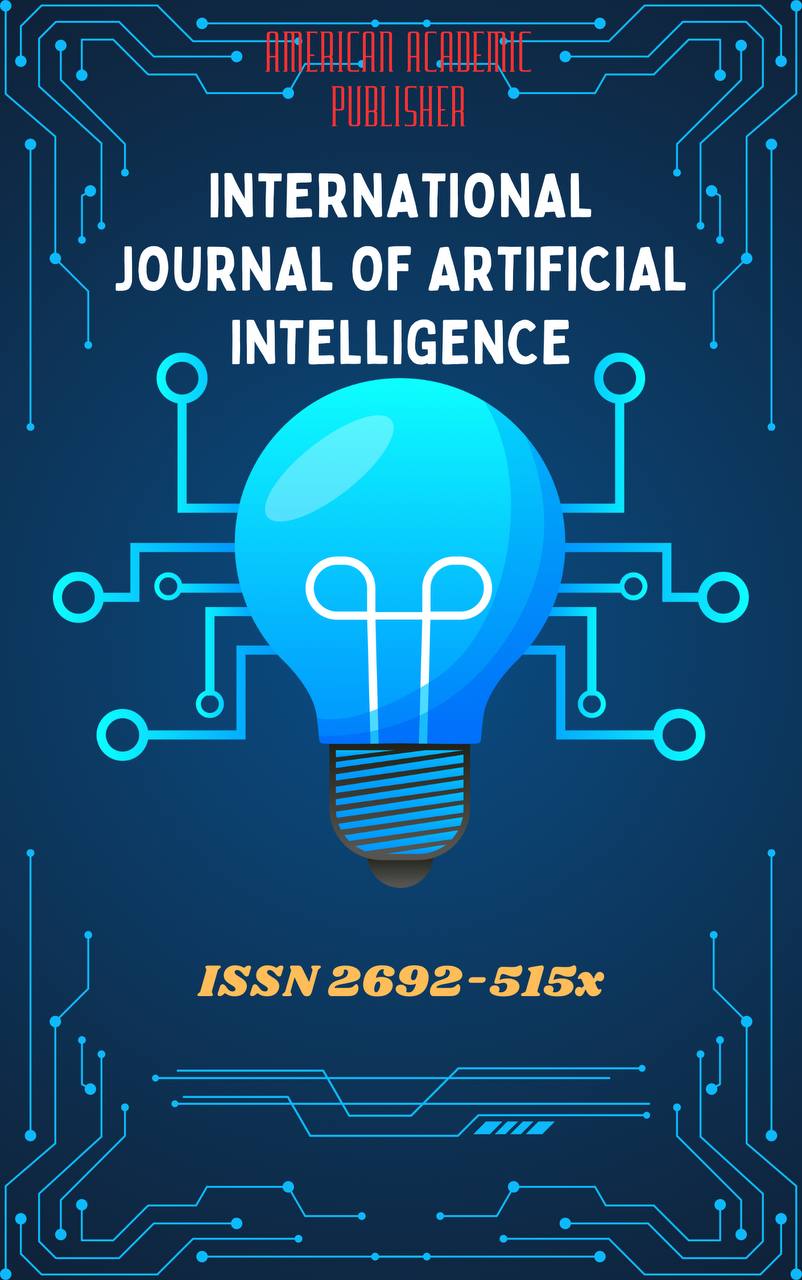 Articles
| Open Access |
Articles
| Open Access | CONTACT PHENOMENA IN TURKIC LANGUAGES (INFLUENCE OF PERSIAN, RUSSIAN, ARABIC)
Nabijonova Nodirabonu Nozimjonovna , Andijan branch of Kokand UniversityAbstract
This article explores the linguistic consequences of prolonged contact between Turkic languages and three major linguistic traditions: Persian, Arabic, and Russian. It examines the nature and depth of lexical, morphological, phonological, and syntactic borrowing, alongside sociohistorical factors that have shaped these processes. The paper highlights the asymmetry of influence, the domains most affected (religion, administration, education, and science), and the strategies of linguistic adaptation within Turkic language systems. The study contributes to our understanding of how language contact shapes structural and semantic developments across typologically diverse linguistic families.
Keywords
language contact, Turkic languages, Arabic influence, Persian influence, Russian influence, lexical borrowing.
References
Johanson, L. (2012). Structural Factors in Turkic Language Contacts. Richmond: Curzon Press.
Schlyter, B. N. (2015). Language and Identity in Central Asia: Uzbek, Russian, and Tajik. Stockholm University Press.
Lazard, G. (2012). Persian Influence on Central Asian Turkic Languages. In: Acta Orientalia Academiae Scientiarum Hungaricae.
Comrie, B. (2011). The Languages of the Soviet Union. Cambridge University Press.
Article Statistics
Downloads
Copyright License

This work is licensed under a Creative Commons Attribution 4.0 International License.

